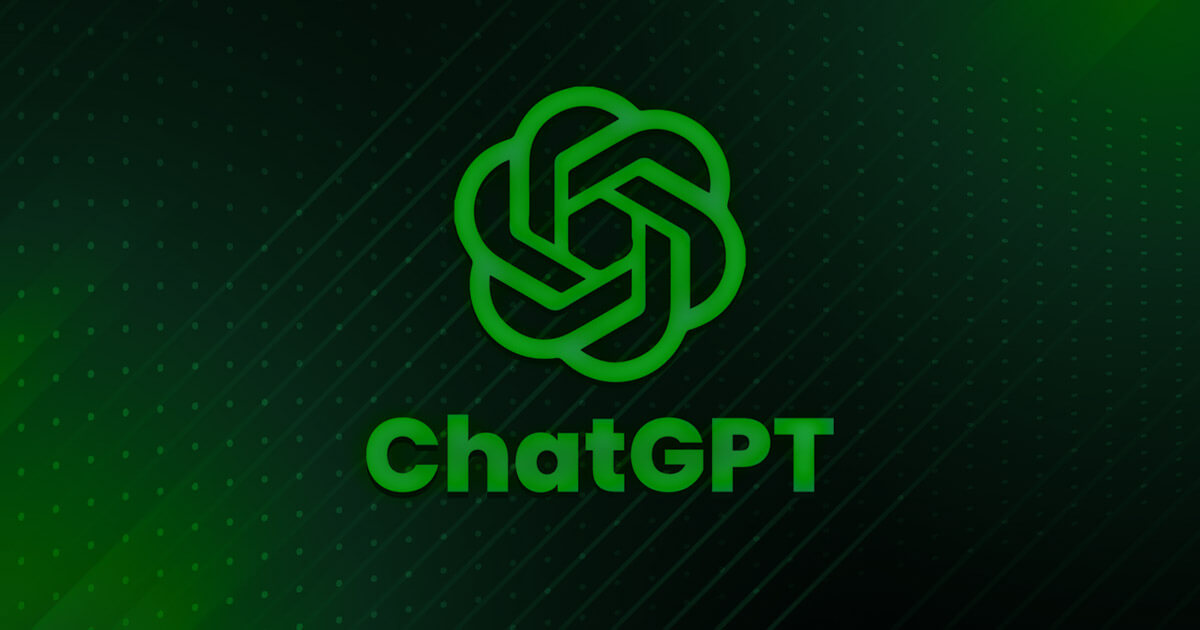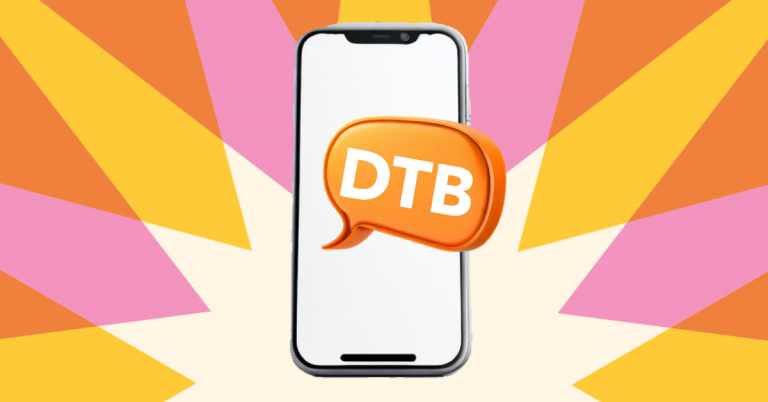Using ChatGPT for work can be both good and bad, depending on how it is integrated into the workflow and the level of human oversight involved.
When used responsibly and ethically, ChatGPT can be a valuable asset that enhances productivity and supports employees in their tasks. However, it is essential to remain cautious of its limitations and potential ethical implications, ensuring that AI is used as a helpful tool in the workplace rather than a replacement for human expertise.
Here are some key points to keep in mind:
Pros of Using ChatGPT at Work
1. Enhanced Productivity
ChatGPT can significantly improve productivity in various ways. For instance, it can be used as an assistant to help employees draft emails, create reports, and perform research, thereby saving time and reducing the burden on human workers. This increased efficiency can lead to a more streamlined workflow and higher output for businesses.
2. Language Translation
In an increasingly globalized world, language barriers can hinder effective communication and collaboration. ChatGPT’s language translation capabilities can help bridge this gap by instantly translating text into different languages. This feature can be beneficial for businesses with international clients and partners, making cross-cultural communication smoother.
3. Employee Training and Development
ChatGPT can be utilized as a training tool to help employees learn new skills and acquire knowledge. It can provide personalized learning experiences by answering questions and offering explanations, allowing employees to access information on-demand, which is particularly valuable in a fast-paced work environment.
4. Customer Support
For businesses that deal with customer support, ChatGPT can be deployed as a chatbot to handle customer inquiries and provide automated responses. This can reduce response times and free up human agents to focus on more complex and critical issues, ultimately leading to improved customer satisfaction.
Cons of Using ChatGPT at Work
1. Lack of Contextual Understanding
While ChatGPT is a powerful language model, it still lacks a deep understanding of context and intent. This limitation can lead to misunderstandings and inaccurate responses, potentially causing confusion or even misinformation. Relying solely on ChatGPT for critical tasks could pose a risk to the accuracy and credibility of information shared.
2. Security and Privacy Concerns
Using ChatGPT in a professional setting may raise security and privacy concerns. Sensitive company data or customer information could be inadvertently shared with the AI system, posing a risk of data breaches. Organizations need to implement strict data protection measures and ensure that ChatGPT interactions comply with privacy regulations.
3. Ethical Implications
Deploying ChatGPT at work may also raise ethical questions. For instance, using AI to automate certain tasks could lead to job displacement for human workers, raising concerns about unemployment and economic inequality. Additionally, if not properly controlled, AI systems can perpetuate biases present in the training data, leading to discriminatory outcomes.
4. Dependency on External Platforms
Using ChatGPT at work involves reliance on external platforms and third-party services. This dependence could become problematic if these services experience downtime or face disruptions, affecting day-to-day operations and causing workflow interruptions.
Ethical Considerations
Before incorporating ChatGPT into the workplace, businesses and employees should consider the following ethical guidelines:
1. Transparency and Accountability
Be transparent about the use of AI systems like ChatGPT within the organization. Ensure that employees are aware of its presence and how it is being used. Establish clear accountability for the actions and decisions made by the AI.
2. Data Privacy and Security
Implement robust data privacy and security measures to protect sensitive information. Ensure that data shared with ChatGPT is stored and processed securely to prevent unauthorized access or data breaches.
3. Human Oversight and Control
Maintain human oversight and control over critical processes involving ChatGPT. Human input is essential to correct errors, ensure ethical conduct, and mitigate the impact of potential biases.
4. Bias Mitigation
Take proactive steps to identify and mitigate biases in the AI system’s responses. Regularly review and update training data to ensure fair and equitable outcomes.
Best Practices for Using ChatGPT at Work
Integrating ChatGPT into the workplace can be an exciting venture that promises to revolutionize productivity and enhance communication. However, to make the most of this advanced language model, businesses must adopt best practices to ensure successful implementation and responsible usage. Let’s explore these best practices in more detail:
1. Define Clear Use Cases and Objectives
One of the first steps in leveraging ChatGPT effectively is to identify clear and specific use cases that align with the organization’s objectives. Whether it’s automating customer support, improving content creation, or assisting in research, defining these use cases will provide focus and clarity on how ChatGPT can best serve the organization.
2. Invest in Employee Training and Guidelines
To fully harness the potential of ChatGPT, businesses should invest in comprehensive employee training. Training sessions should cover the capabilities and limitations of ChatGPT, teaching employees how to interact with the AI system effectively. Providing guidelines on when and how to use ChatGPT will ensure employees understand its role as an assistant rather than a decision-maker.
3. Encourage Human Oversight and Validation
While ChatGPT can provide valuable insights and support, it is not infallible. Human oversight is critical in validating the AI-generated responses. Establishing a workflow where ChatGPT-generated content undergoes review by subject matter experts will help identify and correct any inaccuracies or misinterpretations.
4. Regular Auditing and Monitoring
Continuous monitoring and auditing of ChatGPT interactions are essential to identify and address potential biases or ethical concerns. Regularly evaluating the AI system’s performance and refining its responses will help ensure that it aligns with the organization’s values and objectives.
5. Test in Controlled Environments
Before deploying ChatGPT in mission-critical tasks or customer-facing scenarios, businesses should conduct thorough testing in controlled environments. Pilot projects and test runs will allow organizations to gauge the AI system’s performance, gather feedback, and fine-tune its responses to deliver optimal results.
6. Foster Collaboration and Feedback
Fostering a culture of collaboration is vital for successful AI integration. Encourage employees to provide feedback on their experiences with ChatGPT, enabling continuous improvement and refinement of the AI system. Additionally, involving employees in the decision-making process related to AI adoption will create a sense of ownership and commitment to its successful implementation.
7. Address Ethical and Privacy Concerns
Addressing ethical and privacy concerns is paramount when using AI at work. Businesses should establish clear guidelines to ensure that ChatGPT adheres to ethical principles, such as fairness, transparency, and accountability. Taking measures to protect sensitive data and respecting user privacy will build trust among both employees and customers.
8. Monitor Impact on Workforce and Job Roles
As ChatGPT and AI technologies become more prevalent in the workplace, it is essential to monitor their impact on the workforce. While AI can automate repetitive tasks and streamline workflows, it can also lead to shifts in job roles. Proactively preparing employees for these changes through upskilling and reskilling initiatives will help them adapt and thrive in the evolving work landscape.
9. Stay Informed About AI Advancements
The field of AI is rapidly evolving, and new advancements are continuously being made. To stay at the forefront of innovation, businesses must remain informed about the latest developments in AI technology and explore how these advancements can further enhance ChatGPT’s capabilities.
Conclusion
During a particularly hectic week at the office, I found myself juggling multiple tasks and struggling to keep up with the demands of my job. Deadlines were looming, and I was feeling the pressure to deliver quality work. That’s when I decided to give ChatGPT a try to see if it could help lighten the load.
I had heard about ChatGPT’s capabilities and how it could assist with tasks like drafting emails and reports. With a bit of curiosity and a dash of skepticism, I opened up the platform and started typing out a complex email that required just the right tone and information. As I typed out my thoughts, I could feel the weight lifting off my shoulders. ChatGPT was responding almost like a collaborative partner, suggesting improvements and helping me articulate my ideas more clearly.
But it wasn’t just about emails and translations. As the week progressed, I found myself using ChatGPT to help me research industry trends, generate ideas for a presentation, and even provide quick explanations for a new project I was diving into. It was like having a knowledgeable colleague available at my fingertips whenever I needed assistance.
However, I also learned that while ChatGPT was incredibly helpful, it had its limitations. There were times when its responses didn’t fully capture the nuances of certain tasks, and I had to step in and make adjustments. It was a reminder that while AI could be a powerful tool, human judgment and oversight were still essential.
Using ChatGPT at work wasn’t without its challenges either. I had to ensure that any data or information I shared with the platform was in line with our company’s data privacy policies. And there were moments when I felt a twinge of ethical concern, wondering if relying too heavily on AI might eventually lead to job displacement.
In the end, my experience with ChatGPT was a mix of astonishment, relief, and thoughtful consideration. It had undoubtedly made my workweek more manageable, saving me time and enhancing my productivity. However, it also made me reflect on the evolving role of technology in the workplace and the importance of striking the right balance between AI assistance and human judgment.






